With all that business owners have to chose from when building their employee benefit program, there is nothing more practical or flexible than a health care spending account (HSA).
A HSA can be made to fit within the existing benefit plan like a glove, or it can be designed to work as a full on account from which employees draw the funds necessary to pay their health and dental claims—tax free. As an add-on, or a top-up, a HSA offers flexibility of choice of coverage options employee crave, while at the same time creating cost stability for employers in predicting and budgeting for their limited benefit dollars.
A well design benefit plan will often include a HSA option as a sound business investment. A Health Spending Account not only works to attain the goal of attracting and retaining employees but can actually make the difference between an employee choosing a competitor over the existing employer because of the flexibility of the plan. Imagine an employee’s delight when they learn their benefit program provides funding for a private MRI not typically covered under the ‘traditional’ portion of the plan. The employer understanding they have control over what to budget for the coming year and sticking to that budget. Knowing any amount not used by the employee is money NOT lost to the company.
Creating a plan to mesh a HSA with a traditional style plan will create the assurance of superior coverage. Work-life balance means the ability of the employee to pay for the services specific to their family needs, not just what the book says is available for coverage.
For instance, many plans include coverage for:
- 80% prescriptions
- $500 for paramedical services (chiro, massage, physio, etc.)
- $200 every 24-months for vision
- 80% basic dental (filling, extractions, regular maintenance)
- 50% major restorative (crowns, dentures, bridges)
But what about services which fall outside this coverage?
A Health Spending Account allows the employer to stipulate how much to offer the employee; use $500 as an example, where the employee can fill in the gaps of coverage for themselves.
The employer knows their liability for the HSA is $500 (cost stability) per employee.
The employee can use the additional $500 where they need it most, whether it’s picking up the additional 20% for prescriptions, or additional glass coverage, even additional orthodontic, which may not even appear on the ‘traditional’ plan.
And remember, a Health Spending Account forms part of the overall strategy. A well-designed benefit plan will be able to meet the corporate budgeting needs, as well as the claiming needs of the employees with the purpose of creating unique plan to mirror the corporate compensation philosophy over the long term.
Disclaimer: Please note that the information provided, while authoritative, is not guaranteed for accuracy and legality. The site is read by a world-wide audience and employment, taxation, legal vary accordingly. Please seek legal, accounting and human resources counsel from qualified professionals to make certain your legal/accounting/compliance interpretation and decisions are correct for your location. This information is for guidance, ideas, and assistance.





